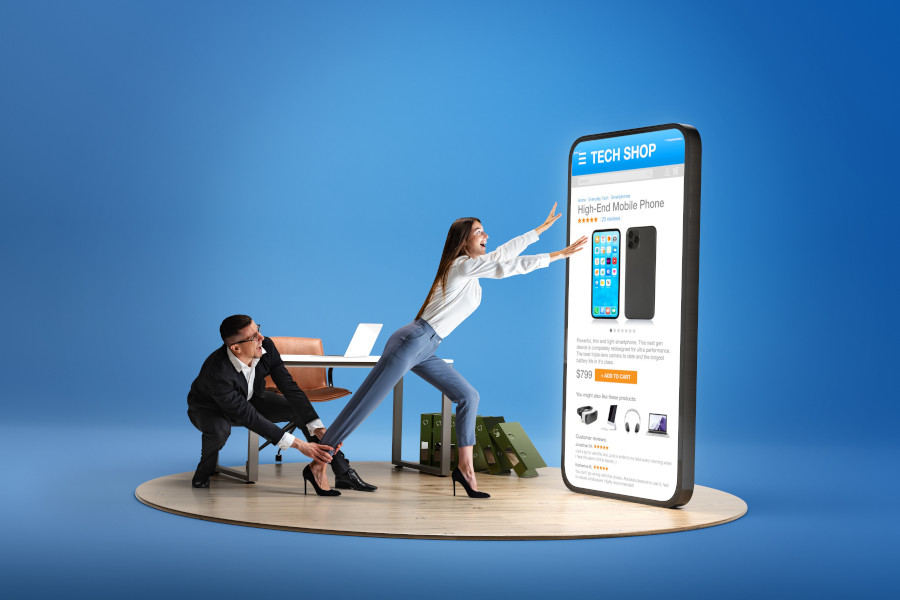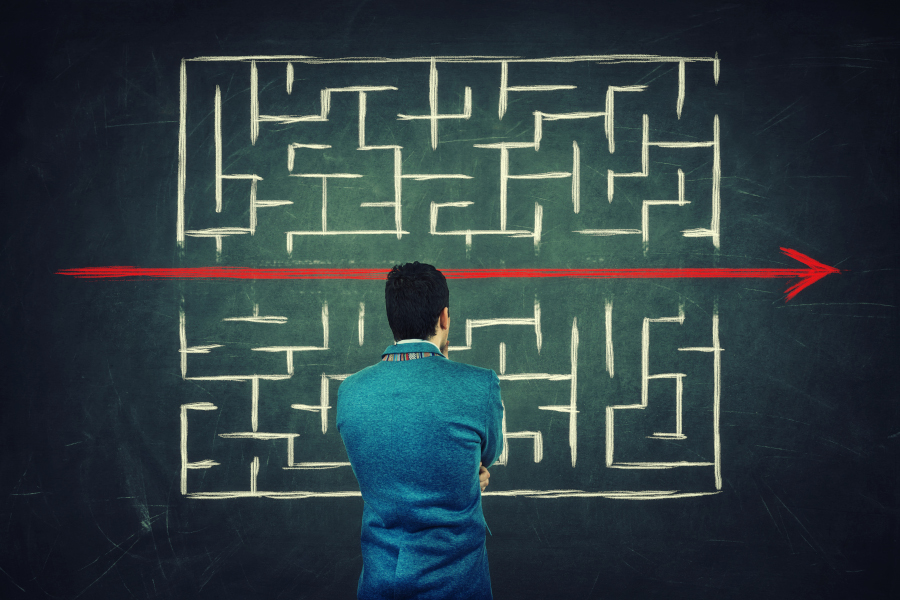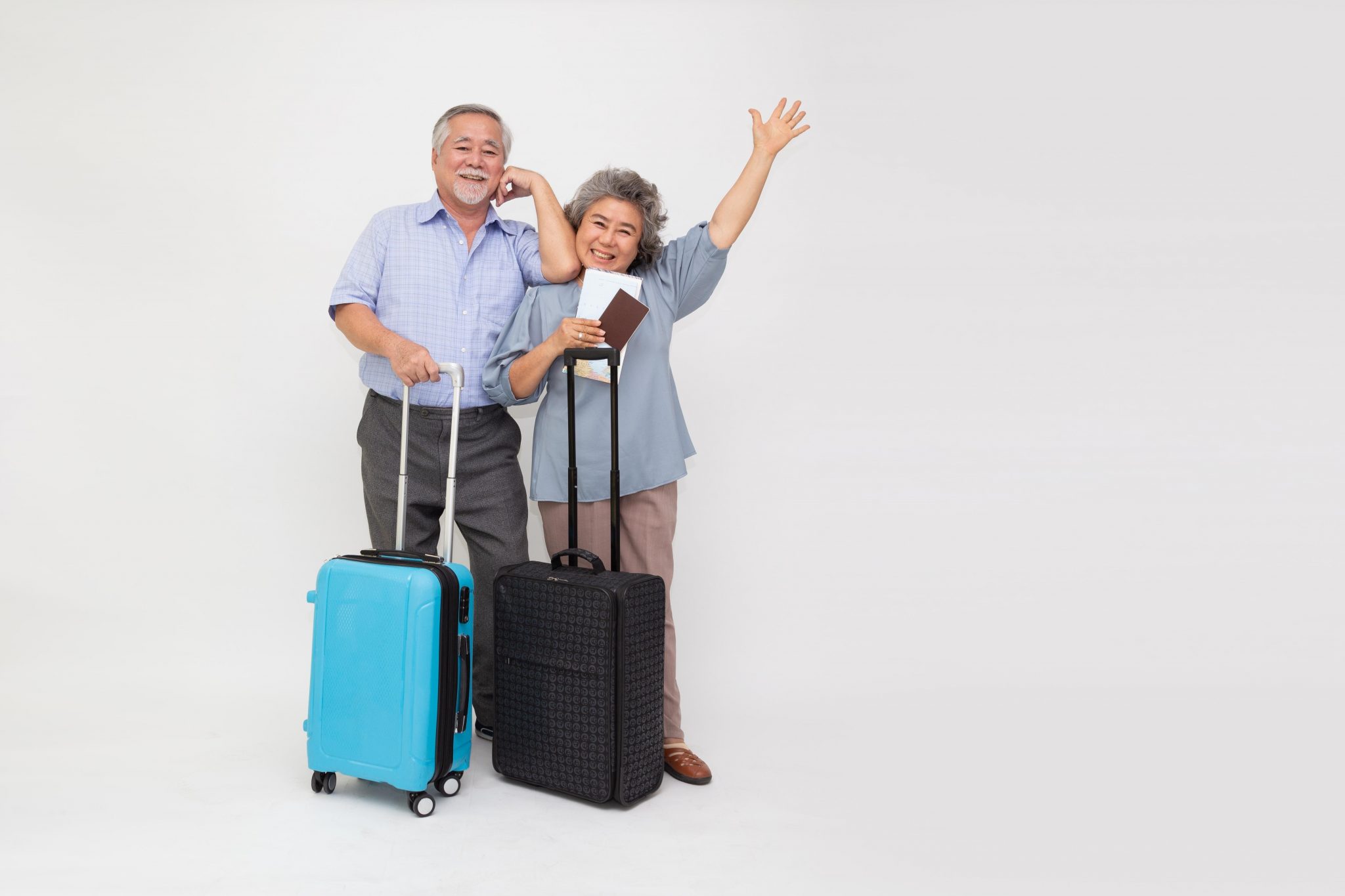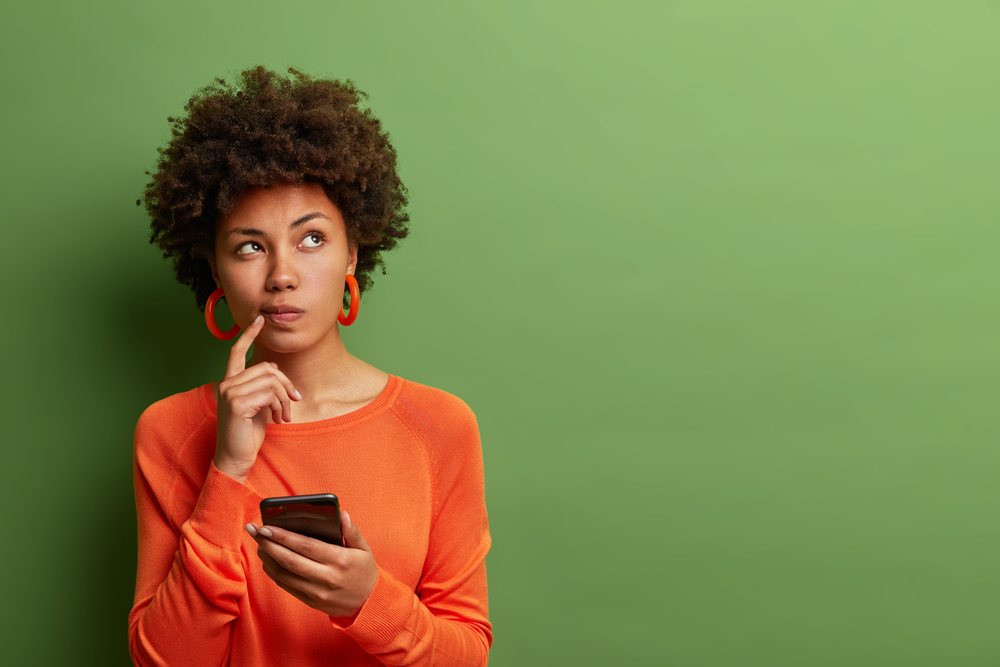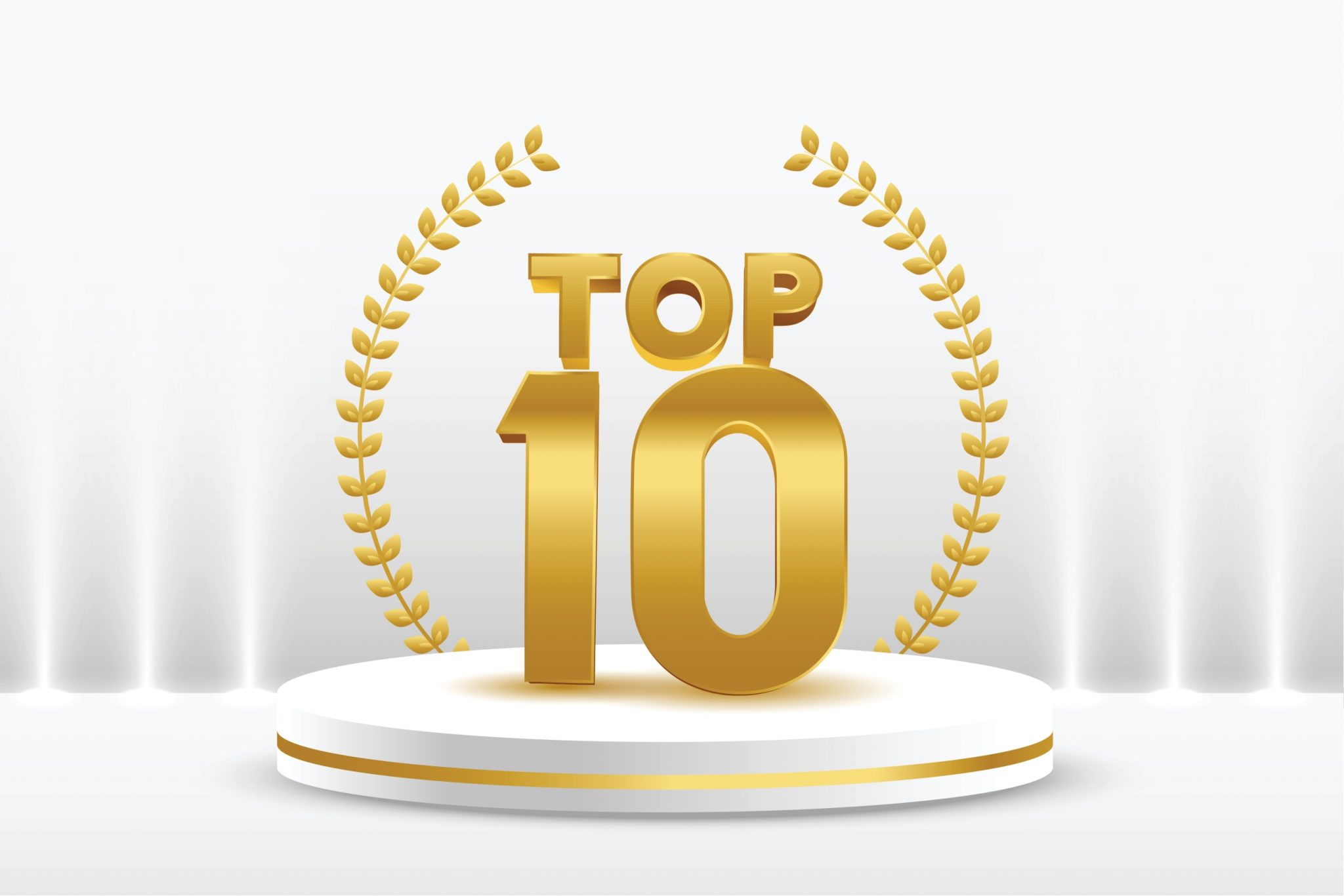Featured Faculty

Wan, Lisa Chun-ying
Associate Professor
Co-Director, Centre for Hospitality and Real Estate Research
Outstanding Fellow of the Faculty of Business Administration
More in Consumer Behaviour ...
Love is in the air, so are your credit cards
• 6 mins read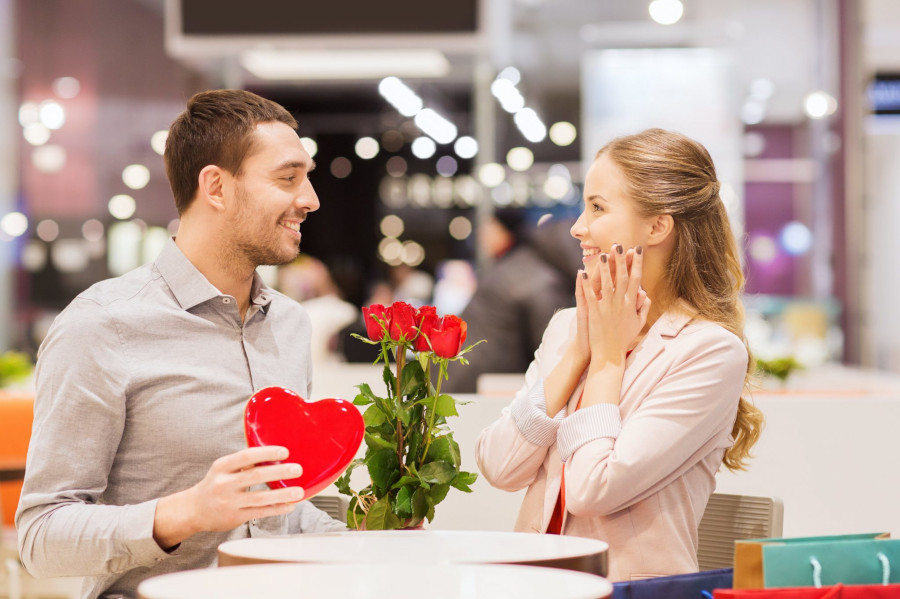
New study finds that romantic theme plays a critical role in stimulating tourists’ impulsive buying behaviour
Have you ever felt that irresistible pull when exploring tourist spots, only to be drawn to something more? Imagine strolling through the Notting Hill district in London or Montmartre in Paris to take Instagrammable photos at a bookshop or cafe, but despite your intentions, you ultimately leave with a tote bag or souvenirs.
Well, you are not alone. Many travellers find themselves making these subconscious purchases due to the vibes rather than part of their itineraries. Tourists frequently engage in impulsive buying, making unplanned or spontaneous purchases without carefully considering the necessity.
The good part is this impulsive act offers an opportunity for tourism businesses to make profits and enhance the travel experience. Understanding the factors that contribute to such excursion can provide valuable insights into consumer behaviour and engagement.
“Impulsive buying is a manifestation of individuals’ personal control over themselves, and a low sense of personal control could induce impulsive behaviour.”
Professor Lisa Wan
Previous research has identified factors such as emotions, travel experience, and time pressure as drivers of impulsive buying. In a recent study, a group of researchers proposed a novel driver they call “romance-themed storytelling in a tourist attraction.”
“Romantic stimuli have been proven to elicit unplanned behaviour,” says Lisa Wan, Associate Professor of the School of Hotel and Tourism Management and Department of Marketing at the Chinese University of Hong Kong (CUHK) Business School.
While researchers found that storytelling in tourism could stimulate purchase intentions, little is known about how specific themes, such as romance, can actually impact tourists’ spending behaviour. “We focus on examining the effect of romantic themes, which are commonly used in destination storytelling and marketing,” she says.
Professor Wan, together with Luo Xiaoyan of Sun Yat-Sen University and Liu Xing of University of Macau, explored the effect of exposure to romance-themed attractions on tourists’ impulsive buying in their latest research titled Harnessing romance: The effect of exposure to romance-themed attractions on tourists’ impulsive buying.

The team also delved deeper into the underlying mechanisms behind such behaviours: Why can romance-themed storytelling lead to impulsive buying? Drawing on recent studies, they assumed that travellers have an internalised belief that “romance is uncontrollable.”
The role of personal control
To test their hypothesis, Professor Wan and the team conducted three studies involving 820 participants recruited from a crowdsourcing platform, Amazon Mechanical Turk. The first study aims to examine the impact of exposure to romance-themed storytelling on impulsive buying, in which 210 participants were randomly assigned to one of the two conditions.
In the romantic condition, participants were shown pictures of a medieval bridge with a lifelong love story. On the contrary, participants in the non-romantic condition were told a story about friendship related to the bridge. As expected, the results revealed that participants exposed to romance-themed attractions were more likely to make impulsive purchases compared to those under the non-romantic condition.
In study 2, the team recruited 270 participants to test whether the perception of personal control would affect impulsive buying behaviour. “Impulsive buying is a manifestation of individuals’ personal control over themselves, and a low sense of personal control could induce impulsive behaviour,” says Professor Wan.
Similar to study 1, participants were invited to watch either a romance-themed or non-romance-themed video. The researchers explored participants’ tendency towards impulsive buying and measured their perceptions of personal control using a series of crafted questions. The findings showed that participants under the romantic condition felt more “uncontrollable”.
“Tourists’ exposure to romance-themed storytelling influenced their propensity for impulsive buying through their perception of personal control,” Professor concludes.
Then why do tourists experience a lower sense of personal control when exposed to romance-themed storytelling? Professor Wan attributed it to the lay belief, which refers to a mental shortcut to simplify the rational decision-making process, to the notion that “romance is uncontrollable.” As the idea of romance is uncontrollable has long been embedded in our daily language, literature and deeply ingrained in modern culture, it naturally emerges when travellers visit a romance-themed tourist attraction.

Colours elicit diverse consumer responses
Colour plays a vital role in designing and promoting tourist attractions as it can trigger emotional and behavioural reactions. In study 3, Professor Wan and the team explored how red and blue colours are associated with tourists’ purchase behaviours, as widely studied in tourism literature.
Previous research suggest that blue often encourages approach behaviour, while red evokes avoidance motivation. For example, tourists prefer staying in a blue-painted hotel room over a red one because blue evokes positive feelings.
Consistent with such findings, Professor Wan and her team found that participants in the romantic condition showed a higher tendency to engage in impulsive buying when the story was presented in blue compared to red. She explains that red is often linked with risks and mistakes, while blue is associated with openness and peace.
However, the team didn’t find significant differences when comparing both colours in non-romantic settings.
“The background colour can moderate the relationship between romance-themed storytelling and the tendency to impulsive buying,” Professor Wan says. “When the romantic story was presented on a red background, the positive effect of the romantic theme exposure on the propensity for impulsive buying was mitigated.”
Mitigate unwanted impulsive behaviours
The findings of this research provide valuable insights for industrial practitioners by illustrating the impact of romance-themed storytelling on tourists’ responses. Professor Wan emphasises the importance of themes in presenting the setting of a specific attraction.
“We encourage attractions and destinations to use romance-themed storytelling, as our empirical findings reveal that the mere presence of a romantic theme is strong enough to intuitively activate a lay belief, along with the consequences of that belief for impulsive buying,” she says.
However, Professor Wan also warns that impulsive tendencies may lead to adverse consequences. For example, travellers with an impulsive mood at a romantic attraction may become careless or prone to accidents.
“We offer findings of practical interest for those who wish to guide tourists in tempting situations,” says Professor Wan. “Romance-themed bars, museums, and heritage destinations could increase their use of red signs to prevent visitors from engaging in impulsive and dysfunctional behaviours.”
Finally, Professor Wan notes that their participants were mostly European American, and the research is primarily based on Western literature. “As culture shapes consumer mindsets and behaviours, future research should explore whether our findings would hold for Asians.”

